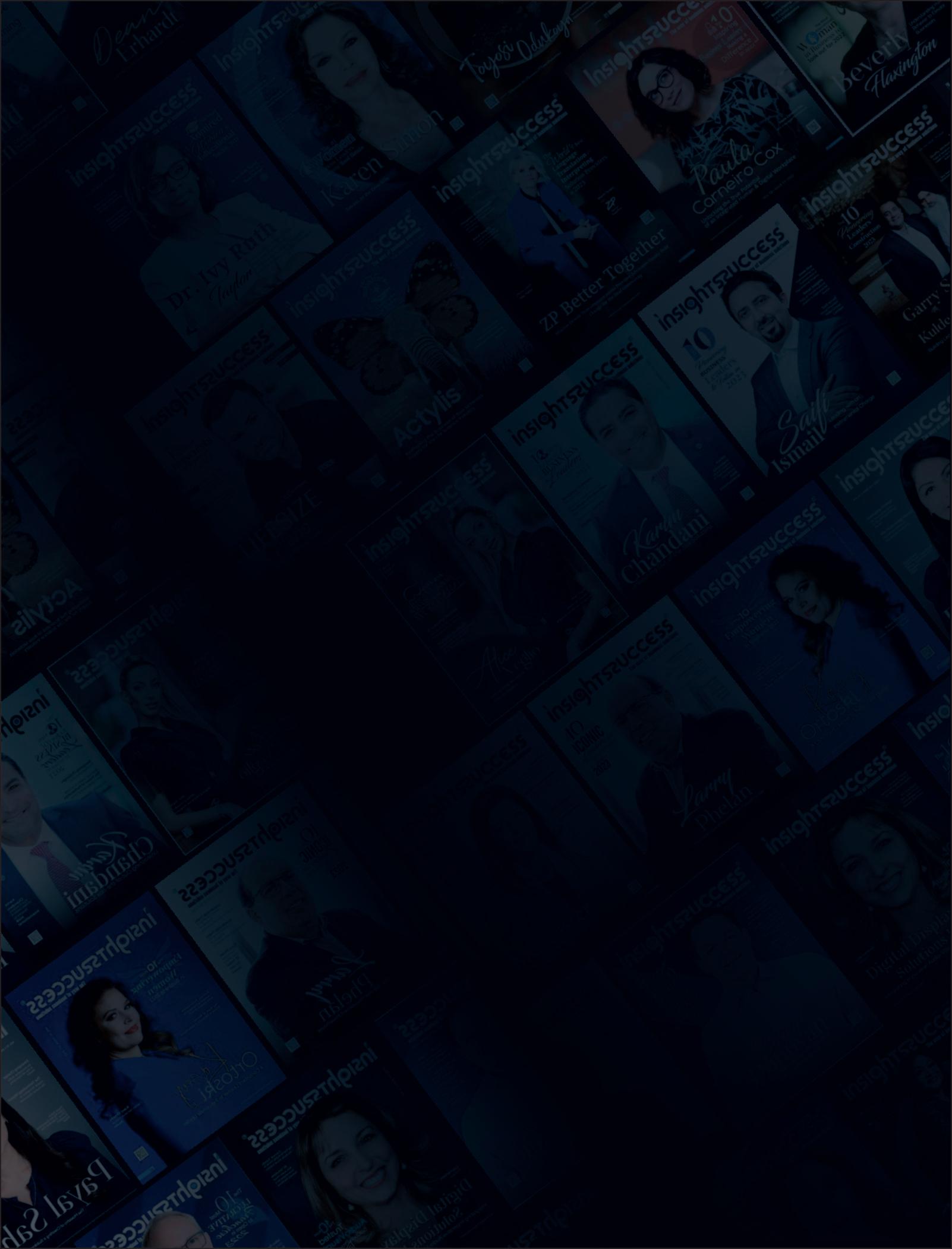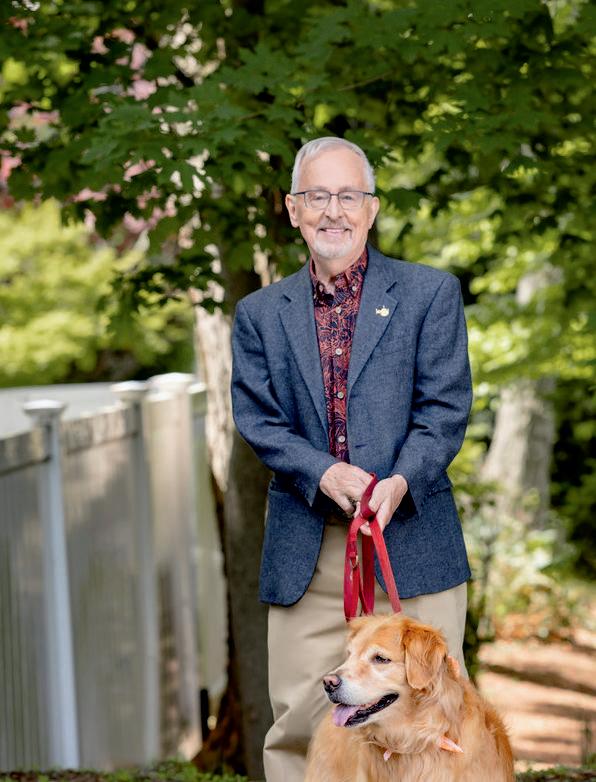









InthiseditionofInsightsSuccesstitled, The Professor of Possibilities: Richard
Larson’s Trailblazing Role in Education and Operational Science,wecelebrate theremarkablejourneyofavisionarywhohasredefinedhowwethinkabout learning,problem-solving,andsystemsthatshapeourdailylives.RichardLarson,a long-standingprofessoratMITandoneoftheworld’sforemostexpertsinoperations research,hasspentdecadesnotonlyadvancinghisfieldbutalsoapplyingknowledgefor tangible,real-worldimpact.
WhatsetsProfessorLarsonapartishisunrelentingcuriosityandbeliefinthepowerof possibility.Whetherit’stransformingurbaninfrastructurethroughqueuetheory, advancingdigitaleducationforunderservedpopulations,ormentoringfuture innovators,hisworkbridgesthegapbetweentheoryandapplicationwitheleganceand integrity.Heexemplifieswhatitmeanstobealifelonglearnerandadedicatedteacher constantlyseekingbetteranswersandencouragingotherstoaskbolderquestions.
Inthisissue,wedivedeepintohismilestones,motivations,andthelegacyhecontinues tobuild.Weexplorehowhisinterdisciplinaryapproachisshapingthefutureof operationalscience,andhowhisdedicationtoequitableeducationisunlockingnew doorsforlearnersaroundtheworld.
Asyouturnthepages,weinviteyoutoreflectonthepossibilitiesthatlieaheadwhen passionmeetspurpose.RichardLarsonisnotjustaprofessor—heisacatalystfor change,andhisstoryisapowerfulreminderthatthefuturebelongstothecurious.
Happy Reading!
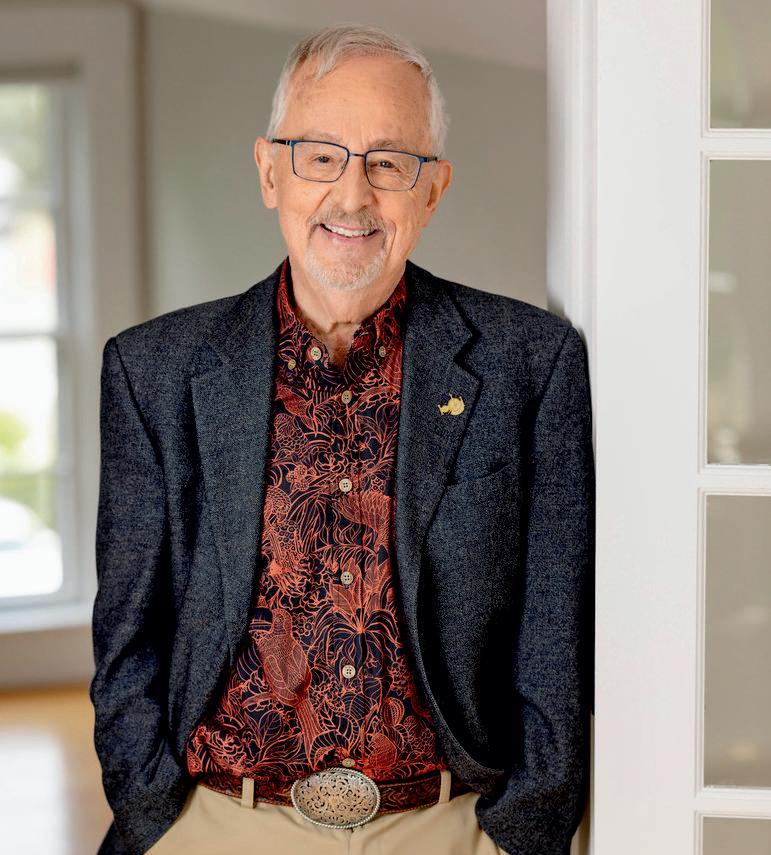
Editor-in-Chief
Merry D'Souza
Managing Editor Executive Editor
Preston Bannister
Visualizer
David King
Senior Sales Managers
Jenny Fernandes
Art & Design Director
Rosy Scott
Assistant Editor
Michael Wayne
Bruno Alves, Jack McDowell
Marketing Manager Technical Head
James M.
Jacob Smile
Technical Specialist
Irvin Wilson
SME-SMO Executive
Steve Rodrigues
Robert Brown
Circulation Manager July, 2025


Database Management
Stella Andrew
Associate Designer
Angela Ruskin
Business Development Manager
Ryan Brown
Sales Executive
Max Floyd Simon, Tom
Business Development Executives
Digital Marketing Manager
Dominique T.
Research Analyst
Frank Adams
Technology Consultant
David Stokes

sales@insightssuccess.com
We are also available on :




Copyright © 2025 Insights Success , All rights reserved. The content and images used in this magazine should not be reproduced or transmitted in any form or by any means, electronic, mechanical, photocopying, recording or otherwise, without prior permission from Insights Success. Reprint rights remain solely with Insights Success. Follow us on : www.facebook.com/insightssuccess/ www.x.com/insightssuccess

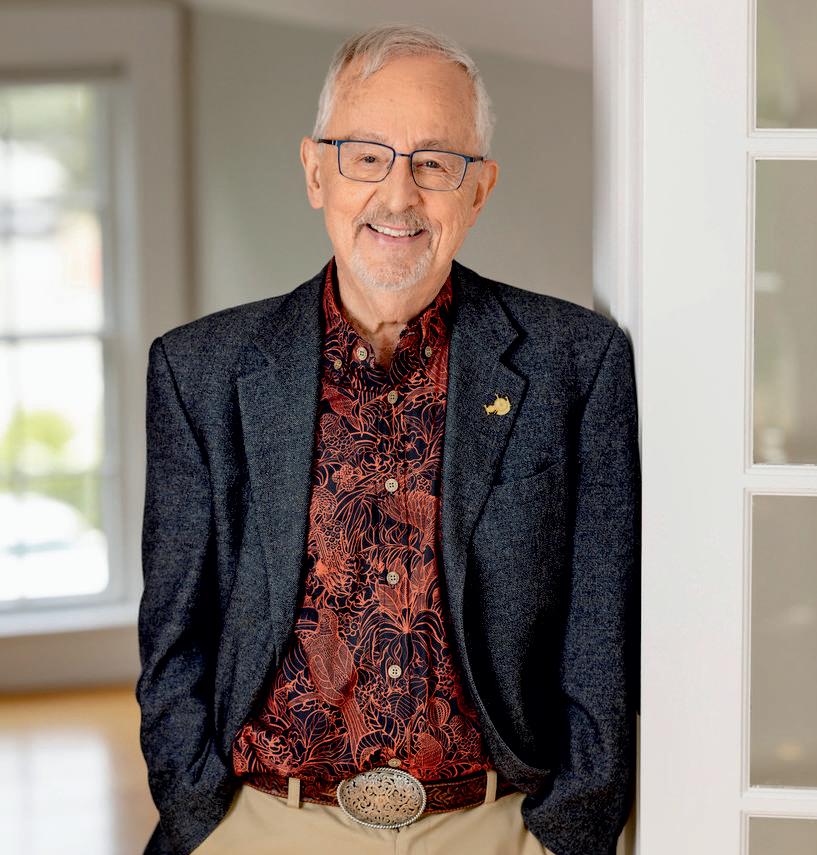
Education is the cornerstone of societal advancement and personal transformation.As a tool, it empowers individuals, breaks cycles of poverty, fosters equality, and creates a pathway for opportunity and innovation Education isn't just about textbooks and classrooms—it'saboutnurturingminds,inspiringaction,and shapingfutures.Inaworldincreasinglydrivenbyknowledge, accesstoqualityeducationismoreimportantthanever.
Among the stalwarts who have transformed the educational landscape, Professor Richard Larson stands tall. His life’s workisatestimonytowhatpassion,commitment,andvision can accomplish. From shaping young minds to influencing large-scale policy decisions, Larson’s journey offers invaluable insights into how one individual can leave an indelible mark on the academic world. His career, spanning overfivedecadesatMIT,hasnotonlyimpactedtheinstitution buthasalsotouchedcountlesslivesaroundtheglobe.
Professor Larson’s legacy is not merely in the volumes of scientific literature he has authored or the prestigious positions he has held. It is deeply rooted in his approach to mentorship, his teaching philosophy, and his relentless

pursuit of educational innovation. This article explores his life, career, achievements, and enduring influence on the globaleducationalcommunity
Born in 1943 in Bayside, Queens, New York City, Richard Larson’searlylifetookhimthroughPennsylvaniaandlaterto NorthPlainfield,NewJersey.Theseformativeyearslaidthe foundation for a lifelong pursuit of knowledge. After graduatingfromNeedhamHighSchoolinMassachusetts,he went on to attend the Massachusetts Institute ofTechnology (MIT)—adecisionthatwouldshapetherestofhislife.
AtMIT,Larson’sacademicjourneysawhimearnaBachelor of Science, a Master’s degree, and ultimately a PhD in Electrical Engineering. These achievements were not just academic milestones; they were stepping stones in a career marked by interdisciplinary curiosity and intellectual versatility
Evenasaschoolstudent,Larsonexhibitedastrongaffinityfor physics due to its logical structure and practical application. He disliked chemistry and found biology challenging due to its memorization-heavy approach His early academic preferences foreshadowed his future inclination toward operationsresearch,afieldthatblendedhisanalyticalabilities withreal-worldapplications.
“

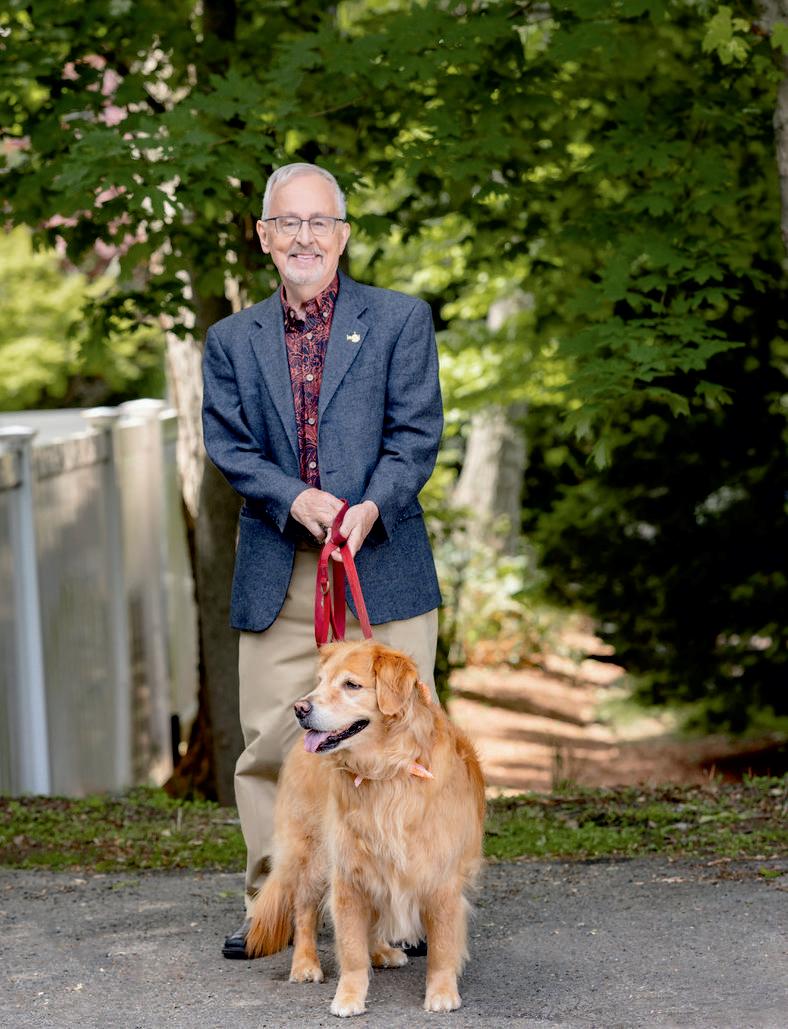
Richard Larson never aspired to become a traditional physicist. He was driven by a desire to bridge multiple disciplines,anapproachthatwouldbecomeadefiningtraitof hisacademiclife.Ratherthanconformingtoacademicsilos, he sought out intersections between engineering and education, policy and science, technology and human development.
Larson'scareeratMITisextraordinarybyanymeasure.Over 55 years, he taught in five different academic departments, ranging from Electrical Engineering to the interdisciplinary InstituteforData,Systems,andSociety(IDSS).Histeaching methods combined rigorous analytical thinking with realworld relevance, making his classes both challenging and inspiring.
The path to MIT was not without its emotional moments. When Larson received his acceptance letter, he initially believedittobeamistake.Thisreaction,ashelaterlearned, was quite common among high-achieving students and is referred to as the “Groucho Marx Syndrome.” Yet, this humble disbelief did not deter him. Once he joined MIT, he fullyimmersedhimselfinitsintellectualcultureandwenton toshapeitprofoundly.

One of the defining moments in Larson’s career occurred whenastudentcametohisoffice,intentondroppingoutdue to a poor exam performance. Instead of letting the student walk away, Larson engaged him in deep, focused conversations. By nurturing the student’s commitment and providing tailored mentorship, he transformed not just the student’s grade but also his confidence. Stories like this are countless and demonstrate Larson’s incredible ability to inspireandelevatehisstudents.
His mentorship has consistently produced A-grade scholars whowentontoexcelinacademia,industry,andgovernment. For Larson, teaching was never a transactional job. It was a calling. A mission to shape minds and prepare students not onlyforexamsbutforlife.
Larson’s achievements extend beyond the classroom. He served as president of the Operations Research Society of America(ORSA)from1993to1994andlateraspresidentof INFORMS, the Institute for Operations Research and the Management Sciences. For over 15 years, he was the codirectorofMIT’sOperationsResearchCenter

He was also the principal investigator of the MIT BLOSSOMS (Blended Learning Open Source Science or MathStudies)initiative,whichaimedtoenhancehighschool education worldwide. His active research in pandemic control, particularly during the COVID-19 era, has been groundbreaking.Larsonhasoftenfocusedonsystemicissues within the U.S. education system, using operations research asatooltoproposemeaningfulchanges.
Despite the evolution of educational platforms and curriculum structures over the years, Larson’s approach to teaching has remained grounded in one principle: engagement His classes are not one-way lectures but interactive sessions designed to challenge, provoke, and inspire.
He describes Operations Research as “the world’s most important invisible profession,” making it both an exciting and easy subject to teach. Subjects like Airline Scheduling and Queuing, with their practical relevance, have been favoritesinhispedagogicaltoolkit.Hecontinuouslystrivesto makecomplexideasaccessibleandrelevanttohisstudents.
For Larson, a visionary leader is one who cultivates critical thinking and nurtures responsible global citizens He encourages students to question norms, challenge ideas, and embracelifelonglearning.Hewarnsagainstblindconformity and praises those who chart new paths—even when those pathsareuncertainorunpopular.
Inhisview,educationshouldnotbeaboutproducingworkers fortheeconomy.Itshouldbeaboutshapingindividualswho
areintellectuallycurious,sociallyresponsible,andpersonally fulfilled.Thisphilosophyhasguidednotjusthisteaching,but alsohisadministrativerolesandresearchpriorities.
Professor Larson hopes to be remembered as someone who lovedwhathedidandapproachedhisworkwithadeepsense ofpurpose.Hisgoalwasneverjusttocompleteacurriculum buttoaddvaluetohisfieldandinspireotherstodothesame.
Hetakesprideinhisstudents’achievements,manyofwhom havebecomeinfluentialfiguresintheirrespectivefields.His legacyliesnotjustinthebookshewroteortheawardshewon but in the people he helped shape future educators, researchers,policymakers,andchangemakers.
Richard Larson’s first book, Urban Police Patrol Analysis (MIT Press, 1972), earned him the prestigious Lanchester Award. He has received numerous Best-Paper-of-the-Year awards, including those for his work on H1N1 influenza vaccinedistributionandtheSTEMeducationlandscape.
In2012,hewashonoredbythejournalValueinHealthforhis contribution to healthcare modeling Later, in 2015, he received the Lawrence M Klein Award from the U S DepartmentofLaborandwasfeaturedinTheNewYorkTimes forhisimpactfulwork.
Richard Larson’s story is one of passion, persistence, and unparalleledcontributiontotheworldofeducation.Fromhis humblebeginningsinNewYorktobecomingacornerstoneof MIT’s academic legacy, his journey inspires not just admirationbutaspiration.
In a rapidly changing world, the need for educators like Larson who are mentors, visionaries, and lifelong learners—isgreaterthanever.Hislegacyservesasaguiding light for future generations of educators and students alike, reminding us that education is not merely a profession but a lifelongpursuitoftruth,excellence,andhumanity
Larson once said, “Education is one of the world’s best and greatest investments.” His life is proof of that truth. An investmentineducation—whenmadewithsincerity,passion, andpurpose—canindeedchangetheworld.


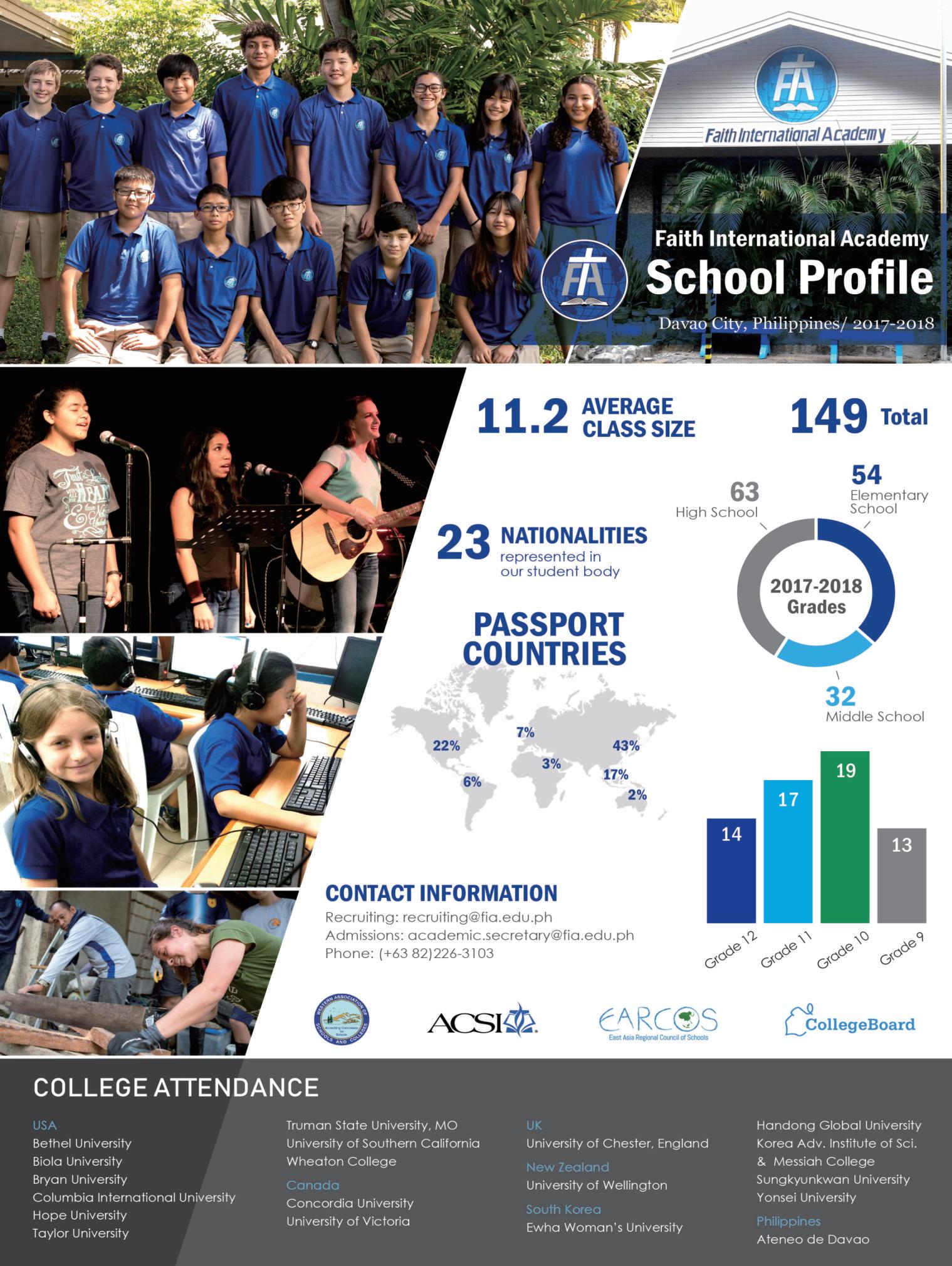


Artificial intelligence (AI) is revolutionizing the learningenvironmentatabreakneckspeed,providing unprecedented potential for personalized learning, educationalequity,andmorerationalteaching Asschoolsand teachers look for out-of-the-box solutions to meet diverse learningneedsandincreaseperformancelevels,AIcanimprove theprocessofteaching-learning.ThroughAI-drivenplatforms, analytics, and intelligent content creation, the education industryiscapableofre-engineeringthelearningprocesstobe responsive,interactive,andeffective Itappearsthatthedigital eraunfoldsbeforeuseveryday AdoptingAInotonlyunleashes totalintellectualpotentialbutalsogetsthelearnersreadyforan age where know-how of technology would prove to be the largeststrength.
This article highlights three major areas of artificial intelligence implementation in the education industry: intelligent learning pathways, AI-driven content and assessment,andteacherproductivityanddecisionsupport
The greatest advantageAI can possibly provide to schools is individualizedlearningopportunitiesaspertherequirementof onestudent Traditionalclassroomteachingadoptsaone-sizefits-all approach, which might or might not be flexible for different learners with diverse capabilities, interests, and learning speed.Artificial intelligence-based adaptive learning systemshavethecapabilitytomonitortheperformanceofthe learnerinrealtimeandmodifythecurriculum.Thisenablesthe learnerstogetcustomizedcontentrecommendations,feedback, and scaffolded assistance, which reflects in fast learning and recall. Second, AI personalization helps in engaging and motivatingstudents
By creating more pertinent learning experiences based on the students' strengths, and working on their own problems, AI applications can create more stimulating and motivating learning content Learning content is more stimulating and motivationaltothestudentswhenitisrelevantandachievable Also,thesesystemsareabletodetectlearninggapsorcausesof disengagementandplugorstopthemearlyenoughsothatthe teacherscanactbefore Forinstance,AItoolssuchasCarnegie Learning and DreamBox Learning learn math exercises or reading problems dynamically depending on a student's response,withseamlesscontinuity.
Educational content development, dissemination, and testing are being transformed by artificial intelligence. Smart content software and intelligent tutoring systems can create highquality learning content, including educational video, interactivesimulations,andquizzes,thatcanbecustomizedto the particular learning goals They employ machine learning andnaturallanguageprocessingalgorithmstomakenotjustthe content accurate but also standards-based and pedagogically robust Theyenablecontentcreationwithoutcompromisingon instructional integrity. Consider Squirrel AI and Content Technologies, Inc., for example. Such AI platforms already existthatcancreateindividualizedtextbooksandlessonplans in a matter of an eyeblink. One of the other primary fields in whichAIhasprofoundinfluenceisgrading Automatedgraders from AI can conveniently grade all manner of assessments—e.g., essays, short answers, and even oral ones—tofreetheadministrativeworkloadfromteachersand provideinstantfeedbacktostudents.
Moresophisticatedsystemsareevenabletoconductformative testing that is longitudinal in its development and enables follow-up learning tasks to be suitably adjusted With Grade
scopeorCenturyTechatgrade,teachershaveaclearervisionof student development, while the students receive continuous feedback loops The transition from static to dynamic assessmentparadigmsbenefitstheteacherwithactionabledata and benefits the student with increased understanding of the learning process, resulting in increased accountability and achievement
Apart from student-facing solutions, AI also greatly enables teachersintherealmofroboticredundancyofroutinetasksand assistanceinevidence-baseddecisionmaking Administrative tasks like tracking attendance, timetabling, and report writing can be streamlined best by AI-based solutions to enable the releaseofteachers'timesothattheyhavemoretimeforteaching andinteractionwithstudents.AI-poweredLMSisalsoableto track class activity and give analytics for identifying trends, problems, and where it can improve Google Classroom and Canvas are two of the numerous platforms that now haveAI aspectsintegratedtoscanstudents'workandactivitytrendsso teachers can make faster, better-informed decisions Instructionaldesign,AIhelpsinstructorsdecideonwhatwillbe the most effective instructional methods for various learning groups.
By adding test scores, engagement rates, and behavioral data, AI technology is able to propose specific interventions, differentiated instructional plans, and resource allocation
enhancement.Forexample,AIdashboardswillalertateacher when a student subgroup is continually lagging behind on certainskillssoremediationwillbeimplementedimmediately Data instruction enables teachers to make smarter and more efficient decisions, ultimately resulting in enhanced student learning While AI can never replace the human factor of judgment or people-to-people interaction of pedagogy, it may be a satisfactory peer in the dirty work of motivating and directing learners, an aid rather than a replacement for the instructor.
Education with AI is a paradigm shift towards more personalized, productive, and more equitable learning experience.Fromadaptivelearningpathstoautomatedmarking andinformingteacherplanning,AIcanbeutilisedtoimprove the quality of learning in a wide range of settings. It also prepares learners for a more automating, data-driven world With technological capacity still expanding, educational institutionsmustinvestinthoughtful,responsibleutilizationof AI capacity that expands and supports human instruction instead of compromising student privacy Teachers, policymakers, and technology developers must collaborate so thatAIwillbeapositiveforceineducation toassisteducators, motivatestudents,andmakehigh-qualitylearningaccessibleto everyone WithresponsibleandstrategicapplicationofAI,the future of education can be more adaptive, accessible, and empoweringtoall




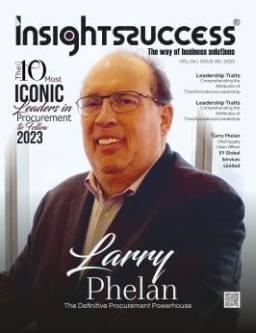



www.insightssuccessmagazine.com
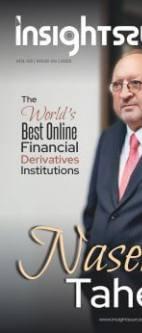










In an era defined by constant digital evolution, the term technology integration has moved beyond being a buzzword Itnowrepresentsacriticalpathwaytoprogress in nearly every sector From classrooms to boardrooms, hospitalstomanufacturingplants,thewaytechnologyiswoven into daily operations shapes efficiency, performance, and innovation.
However, integrating technology successfully requires more thanjustinstallingsoftwareorupgradingmachinesitcallsfora thoughtful,strategic,andpeople-firstapproach
Atitscore,technologyintegrationistheprocessofembedding digital tools and systems into the existing framework of an organization to improve outcomes and streamline processes. Butrealintegrationgoesdeeperthanmereadoption.Itmeans usingtechnologyinawaythatenhancesnotcomplicateshow peoplework,communicate,andsolveproblems.
In schools, this might look like using AI-powered tools to support personalized learning In healthcare, it could mean consolidating patient data through a secure, cloud-based system. In both cases, technology serves as an enabler, not a replacement,ofhumanexpertise.
One of the most critical aspects of technology integration is planning.Toooften,organizationsrushtoadoptthelatesttools withoutfullyunderstandinghow orwhether theyfitwithin theirbroaderobjectives.Astrategicapproachbeginsbyasking therightquestions:Whatproblemsarewetryingtosolve?What processescanweimprove?Whowillbeusingthistechnology, andhowwillitimpactthem?
Forinstance,ahospitalintroducingdigitalpatientrecordsmust ensure compatibility with existing medical systems and compliance with data privacy regulations. A retail business lookingtopersonalizetheshoppingexperienceneedstoalign itscustomerrelationshipmanagementsoftwarewithreal-time analytics Without this alignment, even the most advanced technologiescanfallflat.
Planning also involves a realistic assessment of resources financial,technical,andhuman.Noteveryorganizationneeds toinvestincutting-edgeAItoseebenefits.Often,simple,wellintegratedsolutionsyieldthemostsustainableresults.

No matter how powerful the technology, its success depends largely on the people using it One of the most overlooked aspects of integration is how it impacts the workforce Resistance to change is natural, especially when new tools disruptfamiliarroutinesorcreateuncertaintyaboutjobroles
That’s why communication and training are vital. Employees need to understand not just how to use a new tool, but why it matters Whenteammembersareengagedintheprocess,asked forfeedback,andgivenpropersupport,theyaremorelikelyto embracethechanges
Moreover,it’scrucialthatthetechnologyitselfisuser-friendly If systems are overly complex or unintuitive, they risk

becomingmoreofaburdenthanabenefit.Organizationsmust viewtheirstaffnotjustasusers,butaspartnersintheintegration journey
Despite good intentions, the path to technology integration is notalwayssmooth.Legacysystems,forexample,canlimithow new tools are adopted. In many organizations, outdated infrastructure slows down progress, making it costly or technicallydifficulttointroducemodernsolutions
Budget is another barrier, particularly for small and mediumsized enterprises While larger corporations may have the resources to invest in custom solutions, smaller teams often must rely on more affordable, adaptable platforms. Yet even limitedbudgetscangofarwhenpairedwithcreativityandclear priorities.
Securityconcernsarealsoagrowingissue,especiallyasmore data is stored and transferred digitally Protecting sensitive informationwhilestillenablingaccessibilityandcollaboration isadelicatebalance
Finally, many organizations struggle with skill gaps. Employees may not feel equipped to use new systems effectively,whichcanreduceadoptionratesandlimitthereturn on investment Upskilling and continuous training, therefore, arenotoptional theyareessential
Examples of successful technology integration are visible across every sector. In education, digital whiteboards, online learningplatforms,andinteractivesoftwarehavetransformed traditional classrooms Students now engage with lessons in newanddynamicways,tailoredtotheirindividualneeds
Healthcare systems are also evolving rapidly. Virtual consultations,real-timemonitoringthroughwearabledevices, andAI-assisteddiagnosticsarebecomingpartofroutinecare. These advancements don’t replace the human touch they enhanceit,allowingdoctorstofocusmoreontheirpatientsand lessonpaperwork
Eveninmanufacturing,whereautomationisnotanewconcept, the integration of smart sensors and predictive analytics is revolutionizing how factories operate. Downtime is reduced, supplychainsbecomemoreresponsive,andworkersareableto takeonmoremeaningfulroles
Behindeverysuccessfulintegrationeffortisleadershipthatsees beyondtheimmediatefuture Visionaryleadersunderstandthat technology is not an endpoint it’s a tool for unlocking new possibilities Theyencourageexperimentation,investinpeople, andfosteraculturethatembraceschange
Leadershipalsoinvolvesaccountability.Whenexecutivesand managerschampiontechnologyintegrationfromthetopdown, it sends a powerful message It shows that innovation is not optional it’sembeddedintheorganization'sDNA
As emerging technologies like machine learning, blockchain, andextendedrealitygaintraction,thelandscapeoftechnology integration will only become more complex and more promising Organizations that adapt early, invest wisely, and remainfocusedonhumanoutcomeswillbebestpositionedto lead
Still, it’s important to remember that true integration doesn’t mean replacing people with machines. It means creating systemswheretechnologyempowerspeopletodomore,think bigger,anddeliverbetter.

Navigating the landscape of technology integration is an ongoingjourney,notasingledestination.Itrequiresthoughtful strategy, an appreciation for people, and a commitment to continuousgrowth.Whendoneright,itenablesorganizationsto evolvewithpurpose,resilience,andvision readytomeetthe challengesoftodayandtomorrow


